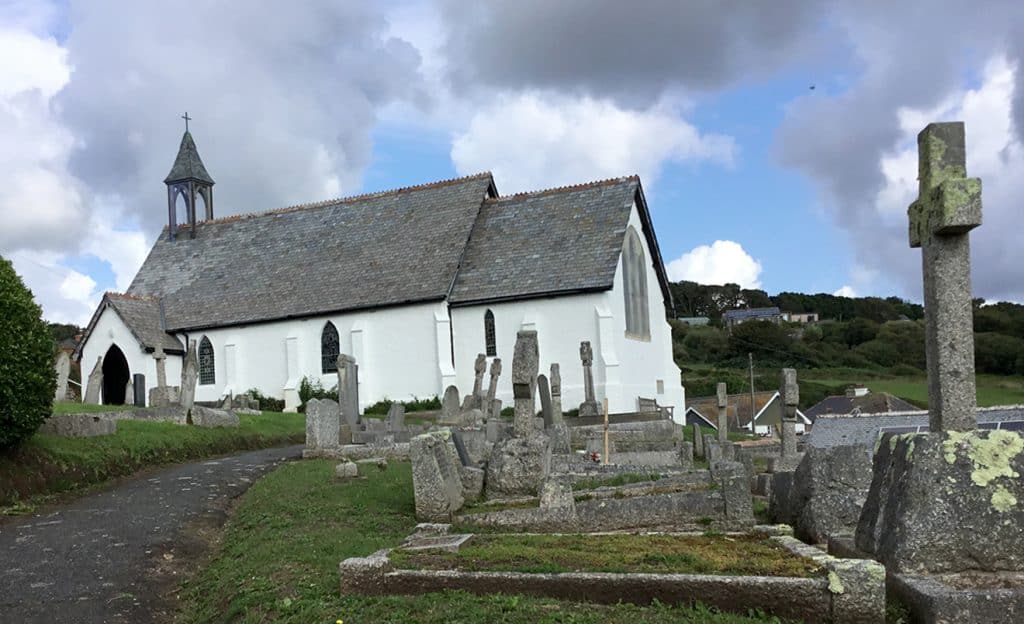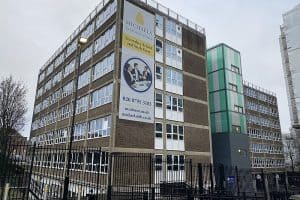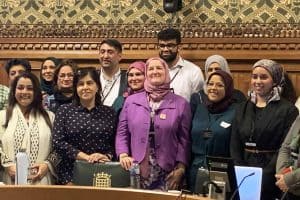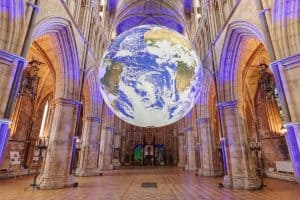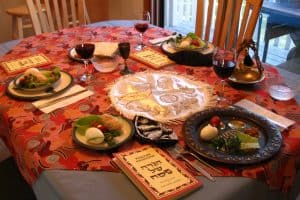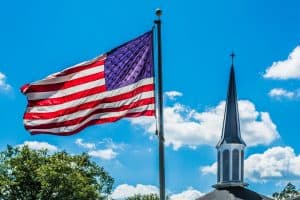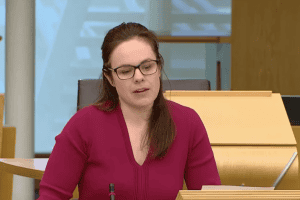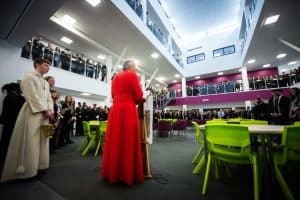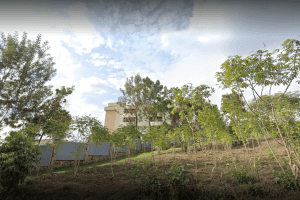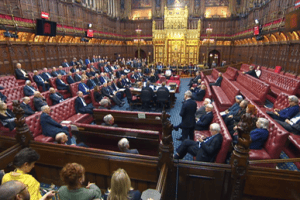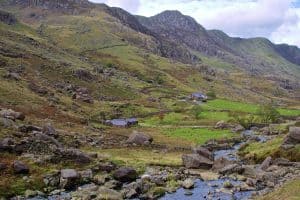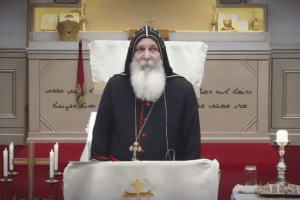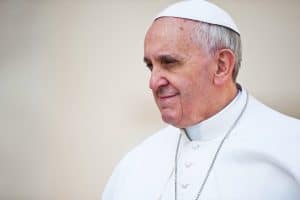By Angela Youngman
A place of peace, of calm, of sanctuary — all are words being used by visitors drawn to religious sites within the Celtic Quiet Places network that has been steadily growing across Cornwall. It now encompasses more than 90 locations of all sizes from ancient Celtic Christian sites to large town churches and isolated moorland chapels.
Launched by Canon Pat Robson, a retired parish priest, Celtic Quiet Places is a concept that links into human needs and appreciation of the world around us. She was prompted to set up the network after an encounter with a young man in the Church of St Just in Gorran Haven, on the county’s south coast.
“He had left his young family on the beach and was anxious, in debt and hadn’t told his wife. I asked if there was anything I could do, and he said no, ‘Just let the church hug me’.
“It was a response that said it all. These are churches founded by ancient saints, searching out quiet places to be alone with God. Over hundreds and hundreds of years they have become steeped in love and prayer, and long to offer everyone seeking sanctuary who needs it.
“So many people are stressed and need a place where they can walk in and send time. Some people are frightened of going into churches, so it’s about trying to make them as accessible as possible.”
Canon Robson added: “By joining together as Cornish Celtic Quiet Places, we can support one another and offer something unique to Cornwall that celebrates our Celtic heritage, and keeps the doors open all year round. All that is required of each church is that they are open at the times they say they will be and welcoming to all-comers.”
Climate change, environmentalism, and the ever-growing stress many people face in their daily lives has resulted in a renewed interest in Celtic Christianity. It is a form of Christianity that dates back to post-Roman times, taking root in the West Country, Brittany, Wales, Ireland and Scotland.
Iona and Lindisfarne have become the best-known Celtic Christian sites, but Canon Robson believes that the role of Cornwall’s 300-plus Celtic Christian sites offer something special that deserves to be better known. These locations range from town centres to isolated moorlands and hidden sites such as St Piran’s Oratory at Perranporth and the tiny St Clether Holy Well near the banks of the River Inney.
St Peter’s Coverack is one of the most recent additions to the network and Jane Dunnett from the church said: “We are the daughter church of St Keverne which was originally a monastery. We already get a lot of visitors and they comment on how peaceful the church is, and how beautiful.”
Caroline Stone of St Winwaloe’s, Tremaine, said: “This is the smallest parish church in Cornwall. St Winwaloe’s is very simple and exudes a sense of calm and peace. Many people come to sit in the church, perhaps to pray, perhaps just to benefit from the tranquil feeling.
“Recently we have started a short service, Fellowship of Peace, which uses Celtic-style prayers. We have no electricity and the church is lit by gas lights and candles, creating a wonderful atmosphere. The Celtic Quiet Spaces network gives us an opportunity to reach out to people and fits perfectly with the ambience of our small church.”
Canon Robson has developed an interest in the role of Celtic saints, publishing a book, Heretics, Hermits, Bishops and Kings: A Short History of the Celtic Church. She discovered how these Celtic missionaries and teachers travelled hundreds of miles stressing that God was present in meadows, streams, and the beating of a bird’s wing, just as much as in a church. They revered the beauty of nature, and communities often grew up around them such as Bodmin, linked to St Petroc.
“The whole of the county is holy. Almost every road that the Celtic saints walked on, every village they stopped in, has something significant. People come in and sit in these churches. They leave lovely heartfelt messages in the visitors’ books. Everyone I have spoken to has stories of both locals and visitors finding peace from just sitting quietly in church. They recognise that this is a mission they can take part in.”
Sally Green is one such visitor. She said: “I called into St Veep Church on Sunday afternoon. It was wonderful. I was in a rush … had lots to do … but I felt like a bit of quiet contemplation. So, I parked and went into the church. The first thing that I read was the welcome poster. I actually felt welcome.
“And it focused my mind on God, values, teachings. I also picked up a prayer card and sat and read that. The words were perfect. And relevant. I took the card away with me. The Celtic Quiet Places focuses your thoughts on values, prayer and your time with God. It doesn’t matter that you are on your own in the church … as you are not. And it doesn’t matter that the church isn’t packed with people or there is no vicar at the altar.”
The sheer level of interest and demand has surpassed Canon Robson’s expectations. She said: “The interest in Celtic Christianity is well embedded in today’s search for an alternative way of viewing the world. It is nothing new, just tapping in to what people feel is right for them. I think this is why the scheme is attracting so much interest. The pilgrims seem to come from locals and tourists alike and from all age ranges.”
“All the churches in tourist areas have reported that they have sold out of our pilgrim passports and are constantly requesting replacements and also needing renewals of the prayer cards. A lot of our churches are doing Celtic services. We have just made a little introductory video for our tourist board ad which features a young man dressed as a monk, walking along a country path and popping into a church. I think people are enjoying seeing it and trying to guess where he is.”
Above all, churches in the network are providing what people want as Canon Robson indicates. “It’s the church that does the work. People feel that the church is putting its arms around them — it’s a sanctuary. Churches have had generations of prayer soaking into the walls, and people know this when they walk in. Who are we to lock that away?”

